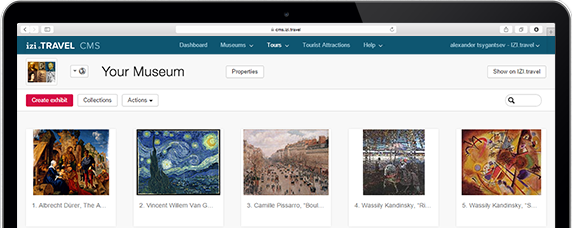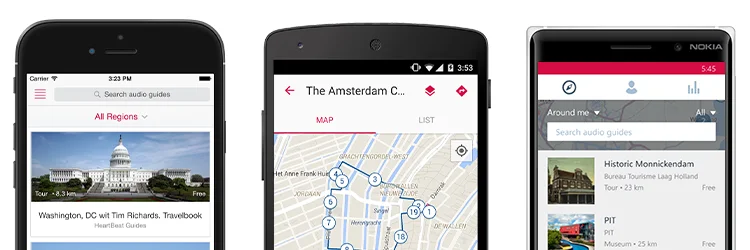Audio tour The History of Fritz Hedges Waterway Park
2 sights
- Audio tour Summary
-
Audio tour Summary
Update Required To play the media you will need to either update your browser to a recent version or update your Flash plugin.Welcome to the Fritz Hedges Waterway Park, Seattle’s newest waterfront park in the neighborhood of the University District. The park is about 3.5 acres big and includes a small beach, a pier, and a canoe and kayak launch. In this interpretive talk, I will take you around the park and talk about what makes it so unique, its history. Would you have guessed that this site was a degraded industrial site up until 5 years ago?
The site of Fritz Hedges Waterway Park has quite a rich history. Since the early 1900s, the park site housed several industrial operations that contaminated the site, including a lumber mill, wood-box manufacturing plant, dry cleaner, auto shop, police station, recycle center, and boat manufacturer before the park was finally built in 2017. The industrial contamination of the site required a variety of terrestrial and aquatic environmental remediation efforts to ensure the protection of human health once the park was open.
Isn’t it interesting that we visit so many beautiful public lands, yet are completely unaware of their history? In this tour, I will take you around the park while talking about the history and the remediation process that took place to enable the construction of the park. The park was initially built to claim more open green space for the University District area. However, there were other goals in mind, including the enhancement of the aquatic environment. The developers of the park worked to provide extensive shoreline restoration and enhancement to support native species including juvenile salmon. They also treated the contaminated soil and groundwater to increase the quality of the park. Not only did the site’s remediation and the park’s construction improve the shoreline habitat for salmon, but they also improve the surrounding ecosystems and offer great opportunities for outdoor recreational activities in the dense urban environment.
As I have briefly talked about the environmental history of the park, why don’t we start the tour at the very entrance of the Fritz Hedges Waterway Park?
- 1 Entry
- 2 Picnic Terraces
- 3 Beachfront Terraces
- 4 Pier and Deck
- 5 Ending Point
- 6 Conclusion
-
Audio tour Summary
Update Required To play the media you will need to either update your browser to a recent version or update your Flash plugin.Welcome to the Fritz Hedges Waterway Park, Seattle’s newest waterfront park in the neighborhood of the University District. The park is about 3.5 acres big and includes a small beach, a pier, and a canoe and kayak launch. In this interpretive talk, I will take you around the park and talk about what makes it so unique, its history. Would you have guessed that this site was a degraded industrial site up until 5 years ago?
The site of Fritz Hedges Waterway Park has quite a rich history. Since the early 1900s, the park site housed several industrial operations that contaminated the site, including a lumber mill, wood-box manufacturing plant, dry cleaner, auto shop, police station, recycle center, and boat manufacturer before the park was finally built in 2017. The industrial contamination of the site required a variety of terrestrial and aquatic environmental remediation efforts to ensure the protection of human health once the park was open.
Isn’t it interesting that we visit so many beautiful public lands, yet are completely unaware of their history? In this tour, I will take you around the park while talking about the history and the remediation process that took place to enable the construction of the park. The park was initially built to claim more open green space for the University District area. However, there were other goals in mind, including the enhancement of the aquatic environment. The developers of the park worked to provide extensive shoreline restoration and enhancement to support native species including juvenile salmon. They also treated the contaminated soil and groundwater to increase the quality of the park. Not only did the site’s remediation and the park’s construction improve the shoreline habitat for salmon, but they also improve the surrounding ecosystems and offer great opportunities for outdoor recreational activities in the dense urban environment.
As I have briefly talked about the environmental history of the park, why don’t we start the tour at the very entrance of the Fritz Hedges Waterway Park?
Reviews
Download the free izi.TRAVEL app
Create your own audio tours!
Use of the system and the mobile guide app is free

